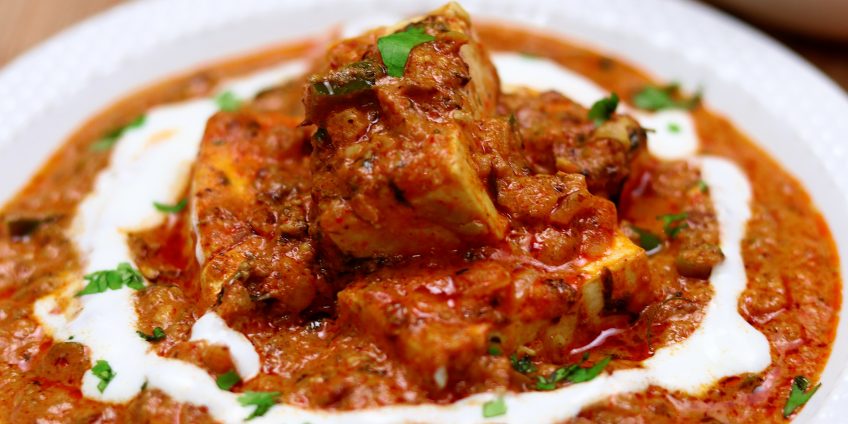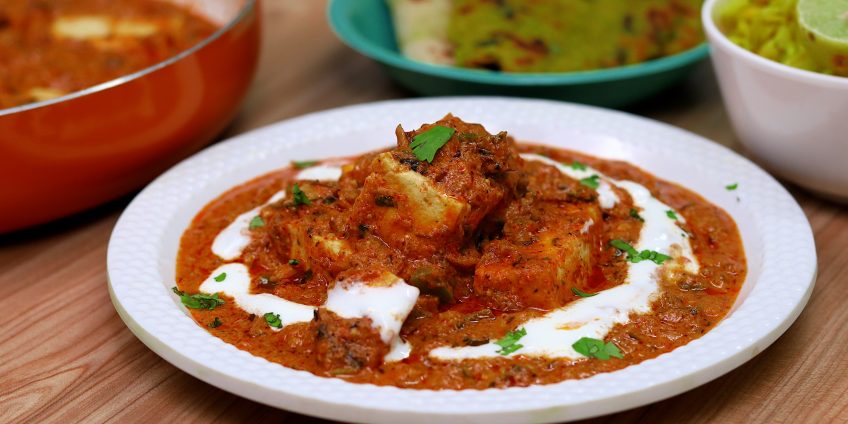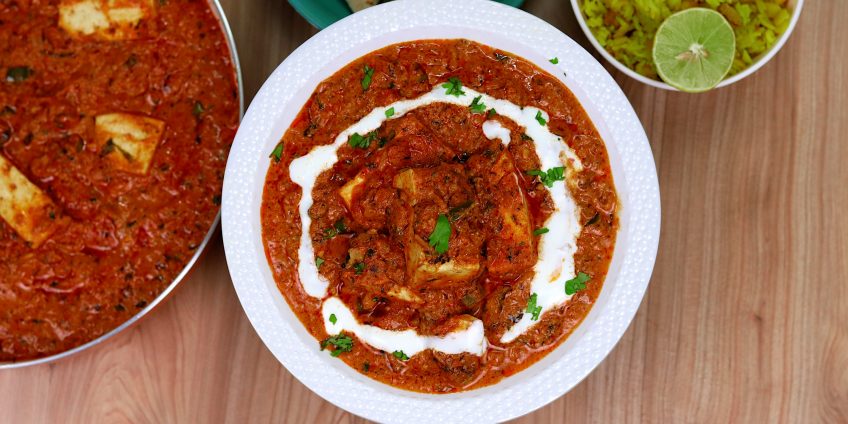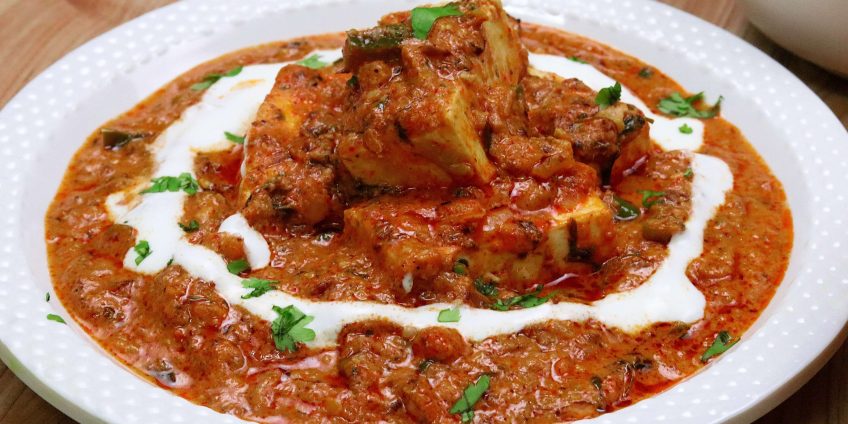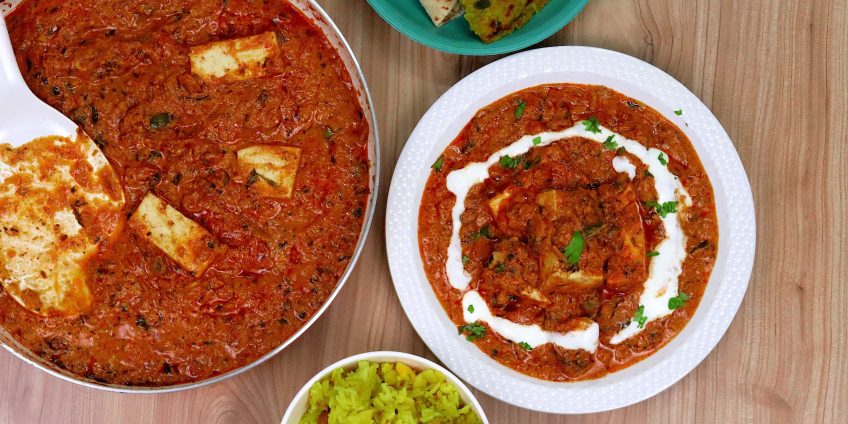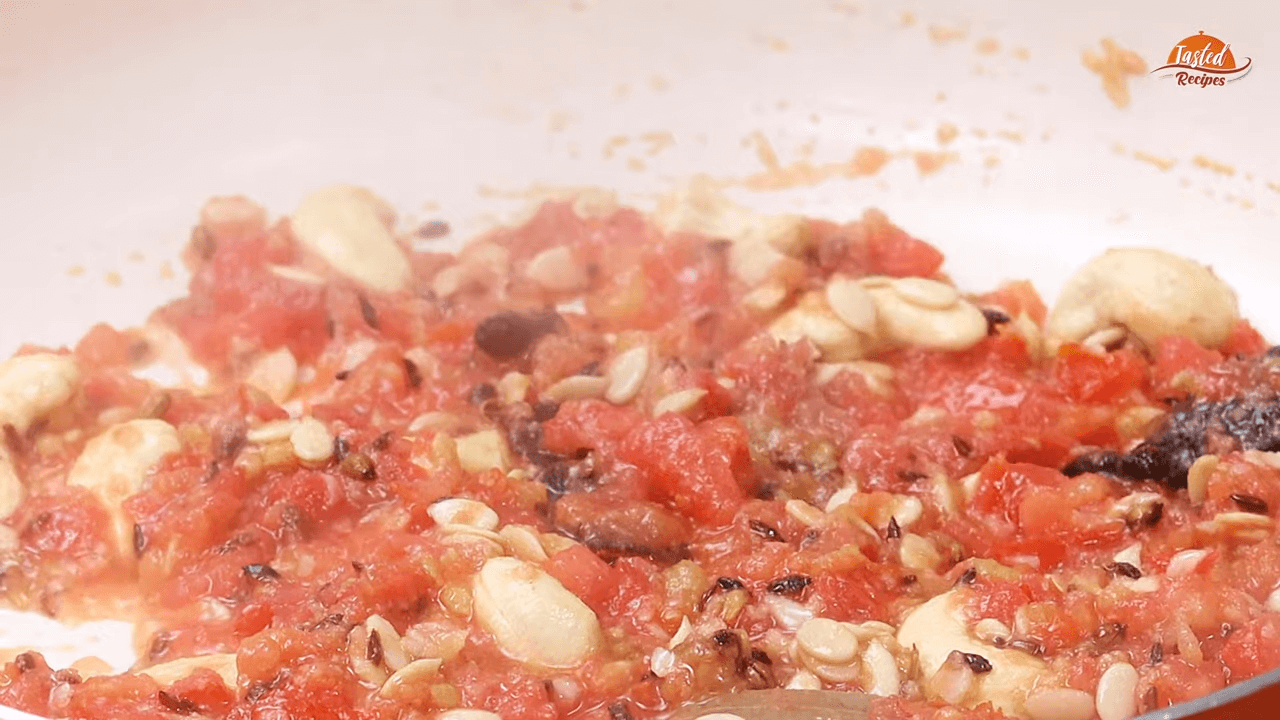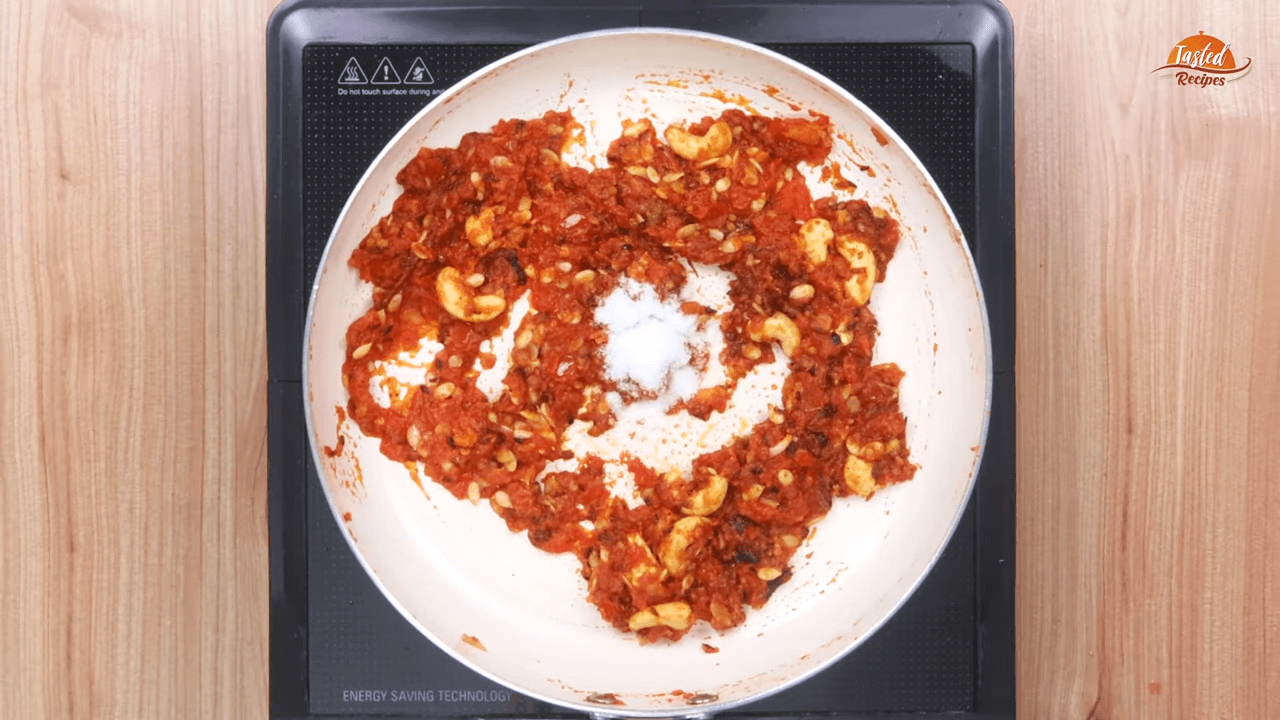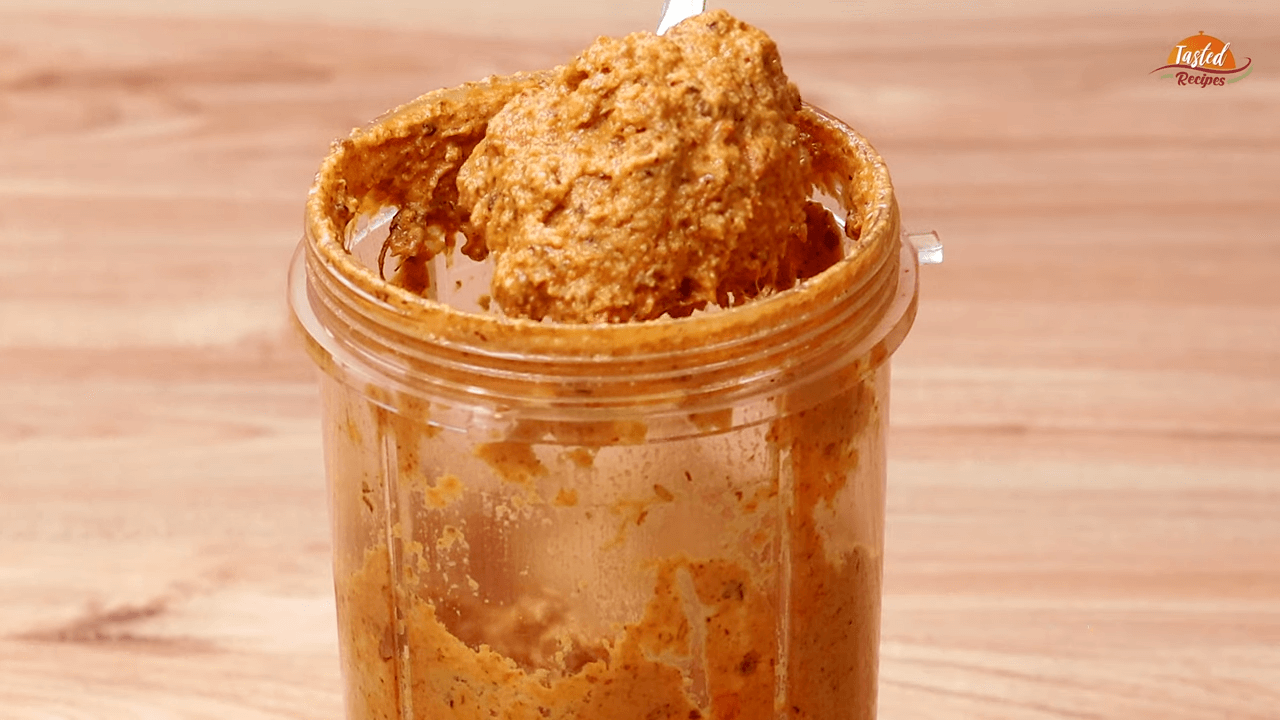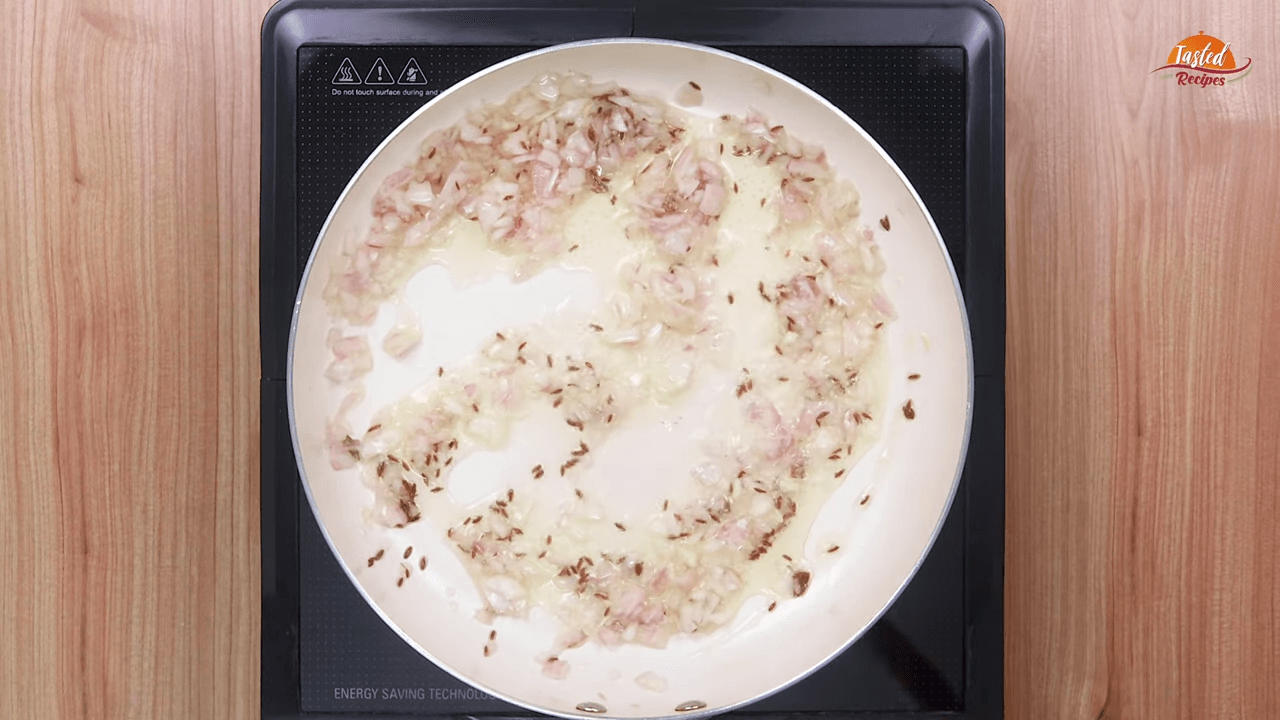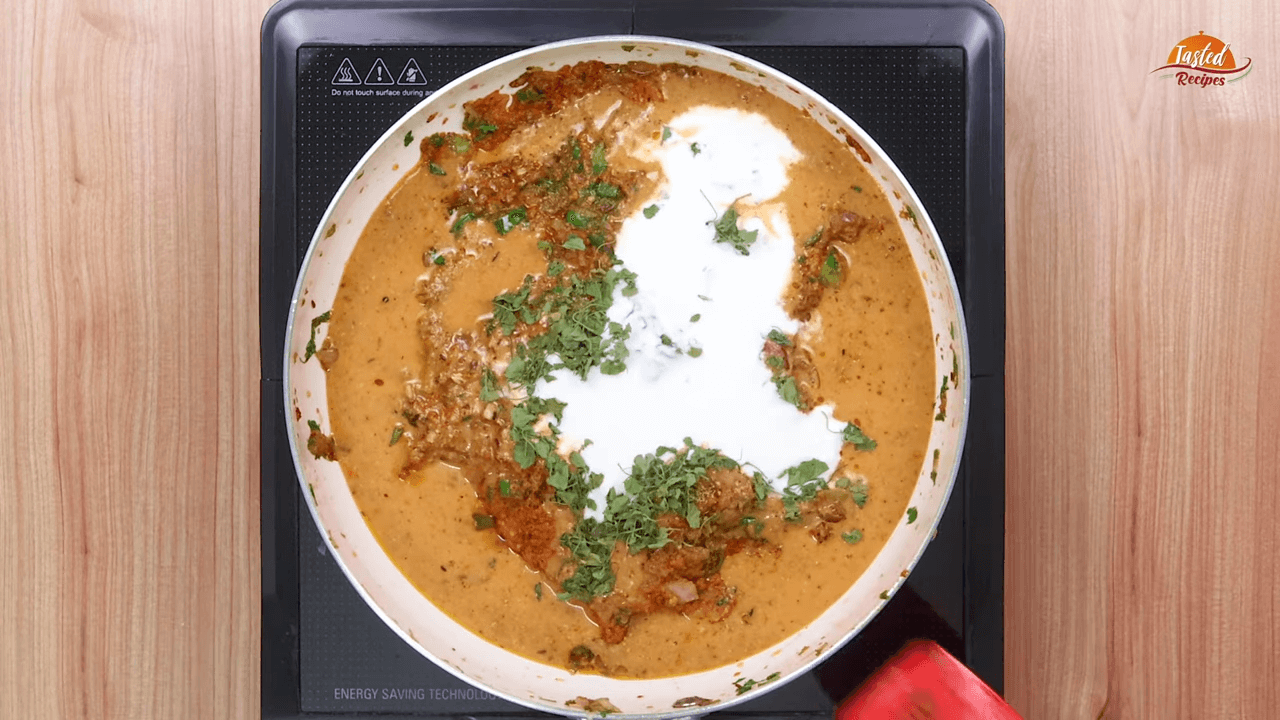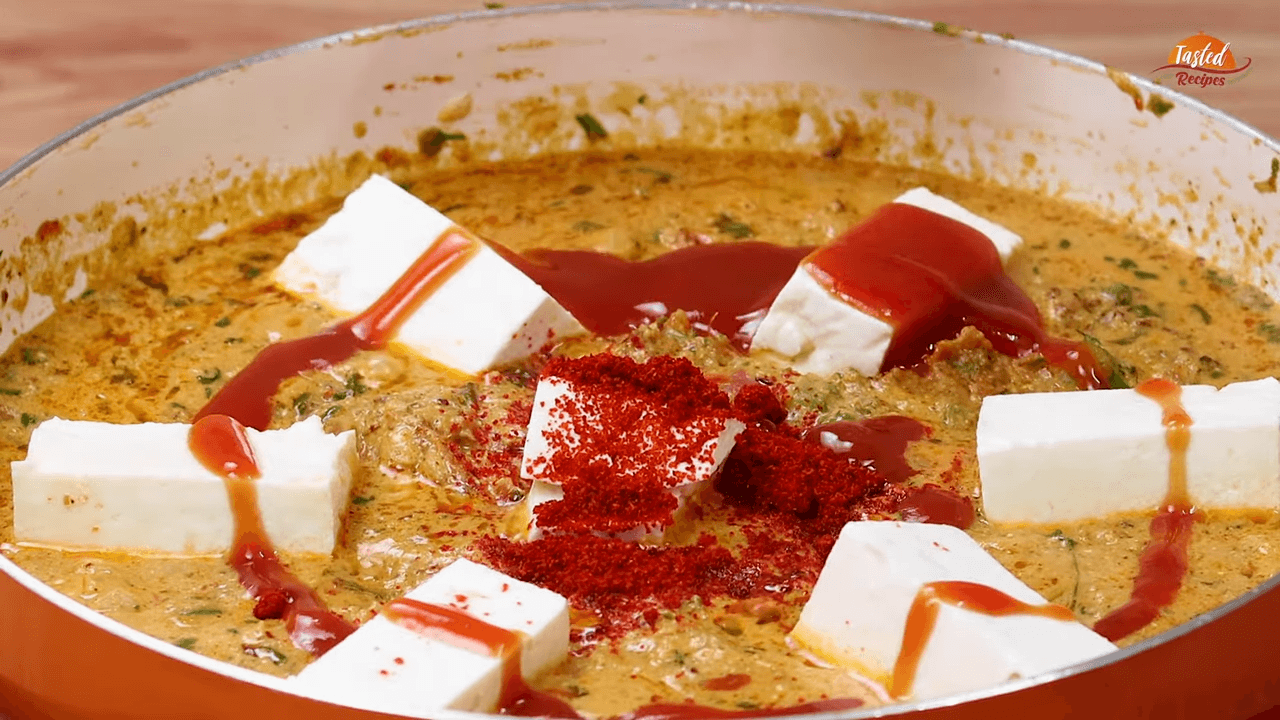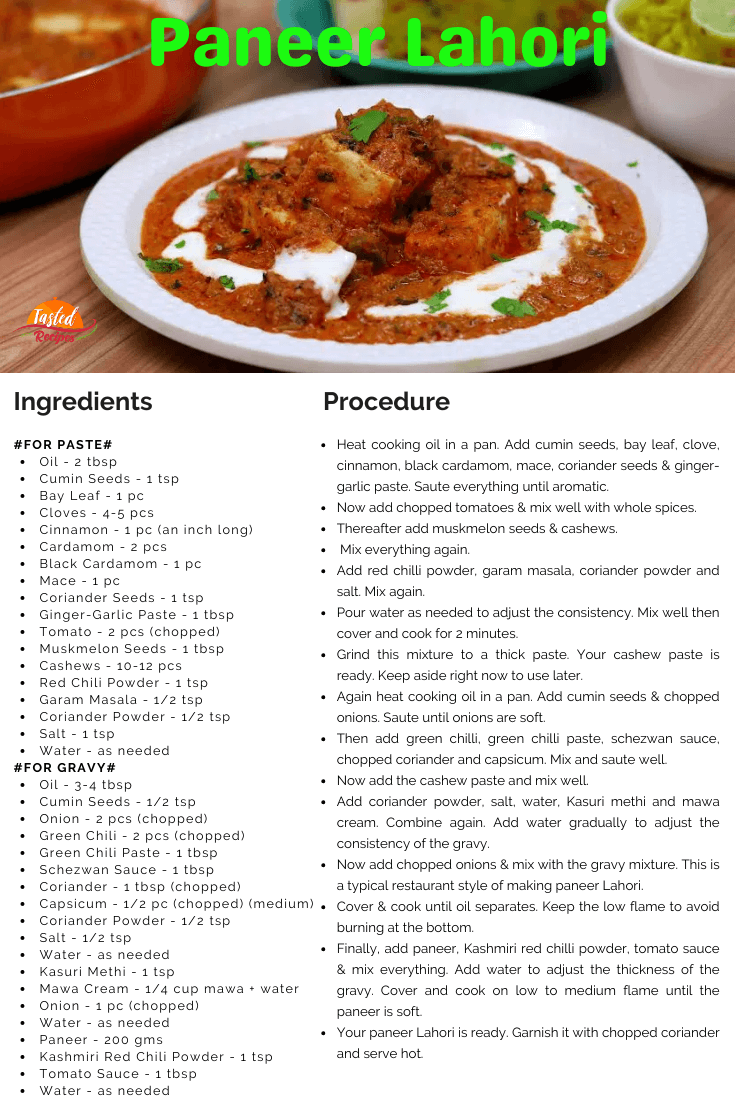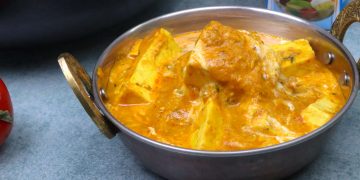Paneer Lahori is spicy and rich, giving you a blend of traditional flavours. This recipe is for those looking to dig into delicious food during weekends or family gatherings.
Therefore, I welcome you to witness the charming blend of whole spices, traditional masalas & the authentic Indian restaurant cooking style.
The word Lahori here refers to the Lahori cuisine of Lahore in Punjab, Pakistan. Besides, it is a part of regional Punjabi cuisine. During my research, I found out that Lahore is famous for its vibrant food culture. Hence, I have attempted to integrate the taste & texture of Lahori cuisine into a vegetarian dish. Okay, back to the recipe now.
Paneer Lahori intends to mimic the Lahori style flavour and richness. However, not exactly, this paneer Lahori is more or less similar to the restaurant-style. So yeah, you can make it restaurant style paneer Lahori. You will soon know why I am calling it restaurant style.
This Paneer Lahori is…
- Typically restaurant-style, like you eat outside.
- Easy to make effortlessly at home (with lots of ingredients🤪)
- Spicy because of a variety of flavourful ingredients.
- Rich and creamy due to cashew based gravy with onions.
- Similar to paneer kolhapuri in terms of the texture of the gravy.
The USP of Paneer Lahori
Okay, I wanted to discuss this particular thing, and here we are. The unique thing about this recipe is the taste and texture of the gravy. It looks similar to achari paneer and kolhapuri paneer.
So, although the taste differs, the look and feel will be the same as achari & kolhapuri recipes.
Taste separates paneer Lahori from other paneer recipes. In other words, the paneer Lahori gravy has a creamy base made using cashews & muskmelon seeds.
Furthermore, there’s a distinct ingredient used in this recipe. It is the mawa cream. Mawa blend with water will give you mawa cream. Doing this will blend a smooth texture in the gravy. Moreover, mawa will also suffice extra spicy or hot flavours in the recipe, if any.
The third USP of Lahori paneer I like is the Schezwan and tomato sauce. These sauces will bring together a mixed bag of salty, sour, tangy, and sweet tastes. The bottom line is that you get various flavours in one single platter.
Paneer Lahori Extra Shots
I agree that you will need a long list of items to make this recipe at home. But, trust me, all those hard work will eventually pay off when you serve this dish. Below is the list of some helpful tips. Please read them before you begin the cooking process.
The Cashew & Muskmelon Paste
This specific paste will make the basic structure of the gravy. Hence, don’t skip cashews or muskmelon seeds. Besides, you can always swap them with almonds. The reason behind adding masala powders while making the paste is to mix the flavours nicely.
Moreover, sauteeing everything together will give enough room to individual items to bring out their aroma & taste. Hence, follow the process as shown in the video or recipe card.
Chopped Onions
We have added chopped onions twice while making the gravy. Adding it a second time is to give the raw and crunchy taste of onion. It is the typical Dhaba-style restaurant style of making paneer curries. Follow the same thing to get the desired taste.
Whole Spice
They play a crucial role in integrating specific flavours and aromas. For example, you can swap black cardamom with green ones. If you don’t have muskmelon seeds, then use poppy seeds. It will work fine. Further, you can swap garam masala with similar curry powders like madras curry powder. If you have achari masala, then that will also work fine.
Mawa Cream
Instead of mawa cream, you can add paneer cream. Just blend one or two paneer cubes with water, and your paneer cream is ready. Both mawa and paneer work well in this recipe. Hence, don’t worry if there’s no mawa, aka khoya, in the kitchen.
Schezwan and Tomato Sauce
Both of them are flavouring agents in this recipe. However, if you don’t have them or don’t want to add them, skip them. Your final dish will still come out nice & clean even if you don’t add these sauces. But if you have them, then go for it. They will enrich the taste.
Okay, after the helpful tips, aka extra shots, it’s time to resolve your queries. Here we go.
Paneer Lahori FAQs
Here are some commonly asked questions. Find your solution here. If your query is still unresolved, then get in touch in the comments, and we will be more than happy to answer it for you.
Is paneer Lahori spicy?
Yes, this recipe is spicy. But, remember, it is spicy but not hot. I mean, it is masaledar but not teekhi. So there’s a difference between both. In short, it is spicy, and yet everyone can enjoy it.
What is the similarity between paneer Lahori & paneer kolhapuri?
The similarity between paneer kolhapuri & paneer Lahori is the colour & texture of both recipes. They look visually striking and identically the same if placed together. Yet they both differ in terms of ingredients & taste.
Why my cashew paste is dark in colour than yours?
The primary reason behind the paste being dark in colour is that you might have burnt the cashews. When you grind roasted cashews, the shade gets darker. The second reason might be over sauteeing the paste ingredients. Doing this turns the items red or brown, giving you a dark texture and a smokey fragrance.
Is it necessary to add onions twice?
No, not at all. You can skip adding onions the second time in the gravy. However, we are adding it the second time to enjoy the raw and crunchy taste of onions.
Can my children eat paneer Lahori?
Yes, children can eat this dish. Although it has spices and masala powders, the taste is smooth. The reason is cashews, muskmelon seeds, mawa cream and tomato sauce. All these items will neutralize the extra spice & masala flavours.
Can we make the Jain version of this recipe?
Yes, you can make the Jain version. Eliminate onion, ginger and garlic from the ingredient list. Add cashews or almonds instead of onions.
So, the paneer Lahori recipe concludes here. Get in touch with me in the comment section. See you in the next recipe.

